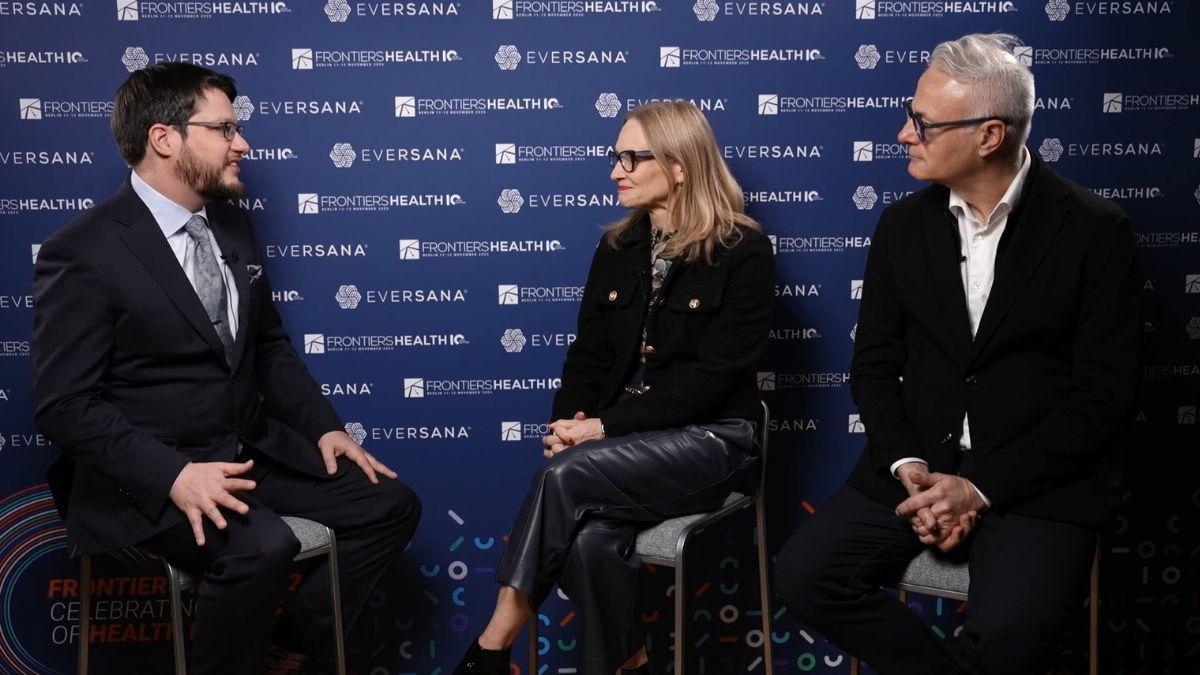Collaborative approach to closing the digital health gap is needed

The pandemic-induced transition to digital health is, according to the Nuffield Trust, contributing to an “inverse care law” that’s compounding existing health inequalities. But, as demonstrated by initiatives like the Telehealth Equity Coalition (TEC), the sector is taking a united stand against inequitable access.
Technological solutions, from online clinics to app-based long-term condition management, have long been hailed as a solution to problems such as limited capacity and low patient autonomy.
It wasn’t until COVID-19 pushed the hand of healthcare systems, however, that digital health moved into the mainstream. Now, almost two years into the pandemic, remote consultations are the norm across many healthcare systems.
This should be fantastic news for the rapidly growing sector, but lack of equal access is proving to be a fly in the ointment. In the United States, a new coalition of non-profit, academic, and industry players is taking a collaborative stand against inequitable access.
Inverse care law
A newly published international evidence review, by the Nuffield Trust, found that shifting primary care online made had made it more difficult for some patients – often those already in poorer health – to access to the care they need.
It describes a “digital inverse care law” that only makes seeing a doctor easier for those who are more likely not to need one – i.e., younger, white, highly educated people living in affluent areas.
One study from the United States, for example, found that having something other than English as a preferred language was associated with a 16% lower telephone or video consultation completion rate. Living in an area of high social deprivation was also linked to increased barriers to online services, predominantly through a lack of access to the appropriate technology and the internet.
“A key message is that digital and remote primary care risks leaving patients already more likely to be in poorer health to face a double disadvantage: a new ‘digital inverse care law’ laid over the top of existing inequalities in access to primary care,” say the authors.
The report, which focuses on primary care in the UK but is based on studies from around the world, also highlights the possible benefits of this new model.
“A choice of different modes of consultation can empower patients previously disadvantaged by traditional, face-to-face primary care in two ways: firstly, by breaking down geographical barriers to health care, and secondly, by promoting patient autonomy.
“Is it possible to get the most out of digital primary care, while also tackling inequalities in access? Yes, but we are not there yet. To reduce the risk of making inequalities in access to care worse, we need a stronger focus on inclusive and flexible routes for accessing care at GP practices.”
Collaborative approach
The Nuffield Trust review places the responsibility for expanding access at the door of healthcare providers and policy makers. But everyone has a role to play in ensuring society – in its entirety – is ready to reap the rewards of digital health.
In the US, organisations from across patient advocacy, academia, and industry have come together to form the Telehealth Equity Coalition (TEC), with the stated aim of increasing the adoption of telehealth among “those who have been left out or left behind”.
Launched last year, TEC argues that digital health is the key to ensuring underserved communities can access quality and affordable healthcare.
"Access to quality care and producing great and consistent outcomes for underserved communities is a long-standing blight on our healthcare system,” said Joel White, executive director of TEC member the Health Innovation Alliance.
“Now we have at our fingertips the opportunity to break this trend and get people the care they need,” he added, explaining that while the pandemic had increased telehealth access, the services have not been distributed equally.
Poor connectivity, TEC believes, is an important roadblock in a country where more than 31.8 million people do not have access to a computer. As ultra-fast networks such as 5G, are rolled out, these people will face an even larger access gap, said Luis Belen, CEO of the National Health IT (NHIT) Collaborative for the Underserved, and TEC co-founder.
Solving the problem will require “all hands on deck approach”, he said, using NHIT’s Data Fusion Center as an example.
Built in partnership with Amazon Web Services, Tyler Technologies, and Stony Brook University, the platform aggregates traditional and non-traditional sources of information to measure telehealth access and impact, and is available for all TEC members to use. The plan is to use such projects to identity problems, then advocate for policy changes to address them.
Ultimately, it’s about the sector working together to ensure digital health evolves in a way that reduces, rather than contributes to, health inequalities.
Digital future
Adoption of digital health, which has the potential to solve so many of healthcare’s problems, soared during the pandemic, but there’s still a long way to go before it is embedded into routine care equitably.
Collaborative initiatives such as TEC are a huge step in the right direction, but, as the Nuffield Trust report says, we are not there yet.
About the author
Amanda Barrell is a freelance health and medical education journalist, editor and copywriter. She has worked on projects for pharma, charities and agencies, and has written extensively for patients, HCPs and the public












